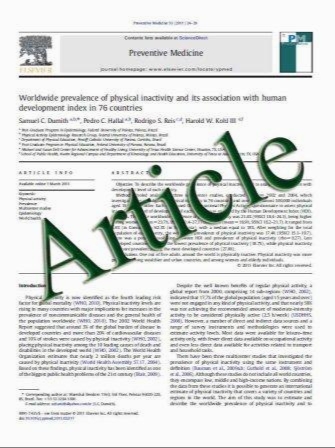Clinical Implications of Sleeve Gastrectomy as a Source of Spleen Infarction or Ischemia
- نوع فایل : کتاب
- زبان : انگلیسی
- مؤلف : Konstantinos M. Stamou & Evangelos Menenakos & Ilias P. Gomatos & Sotirios-George D. Panousopoulos & Spyridon Smparounis & Emmanuel Leandros & Georg
- چاپ و سال / کشور: 2010
Description
Splenic arterial demarcation has been observed during laparoscopic sleeve gastrectomy (LSG). The present study aims to detect its actual incidence during LSG and clarify its clinical significance. This is a prospective observational study of 287 consecutive patients that underwent LSG by the same surgical team over 3 years. In all patients, the gastric fundus was mobilized using a standard technique. Before withdrawal of the pneumoperitoneum, the spleen was exposed and carefully inspected for evidence of arterial demarcation. Patients with a clear demarcation were followed with Doppler ultrasound. Computed tomography scan with oral contrast was performed to rule out septic complications. Median preoperative body mass index was 46 kg/m2 (range 35.1–78). Median operative time was 58 min (range 42– 185), median hospital stay was 3 days (range 3–45), and overall morbidity rate was 8.6%. Intraoperative demarcation of the upper splenic pole was evident in 12 patients (4.1%). Eleven patients had uneventful postoperative course. One patient raised temperature of 38.5°C at the 7th postoperative day and was readmitted for further treatment. Once afebrile, the patient was discharged on the 10th postoperative day and continued on prophylactic low molecular weight heparin (tinzaparin, 7,500 U sc.) for 20 days. Splenic discoloration following LSG is an uncommon complication with minimal clinical significance, which could be related to hematoma, venous congestion, or ischemia. The possibility of a late splenic abscess cannot be ruled out. No risk factors can be identified preoperatively.
OBES SURG DOI 10.1007/s11695-010-0302-0


